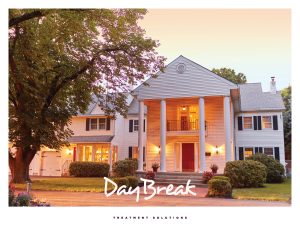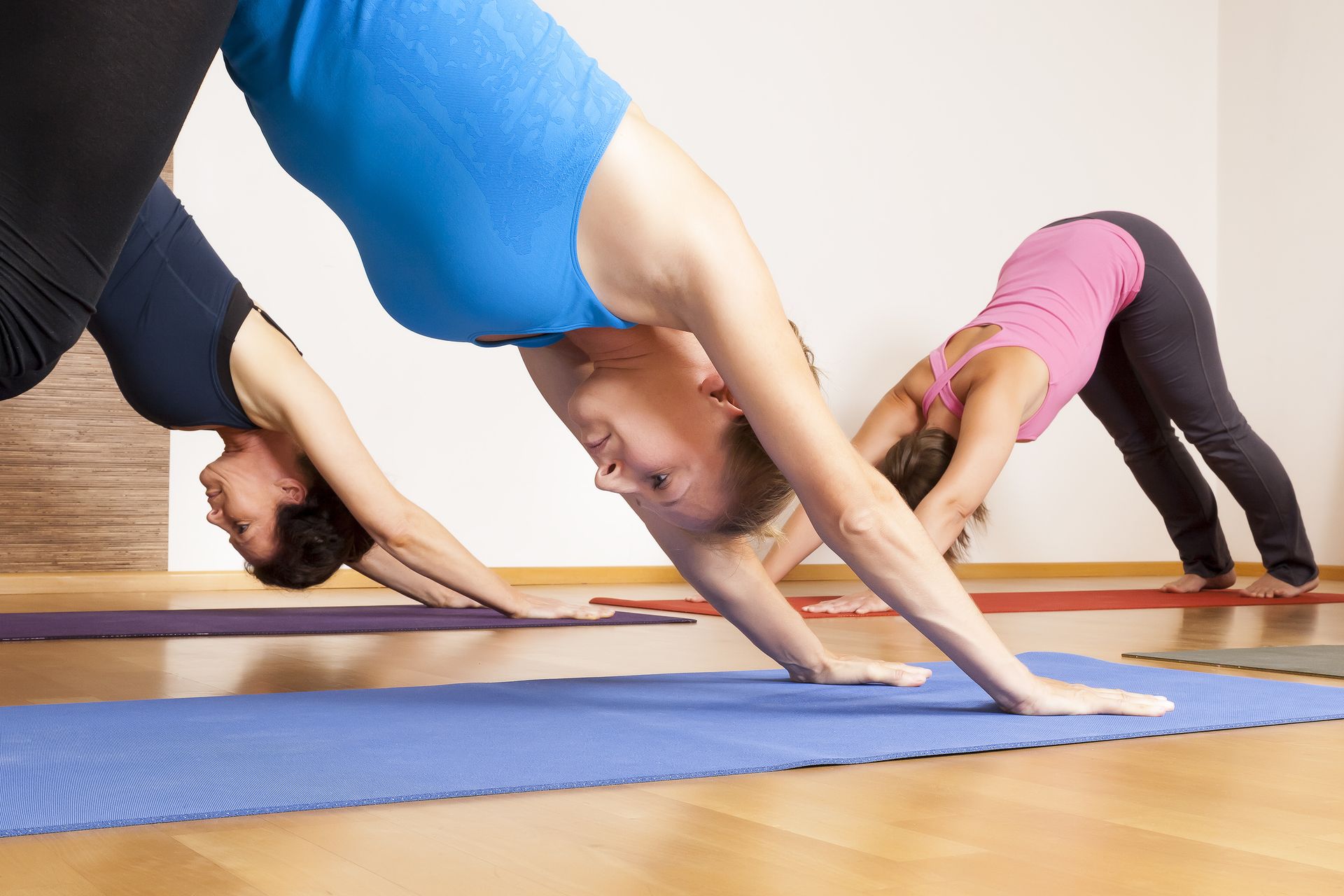Healing Drug and Alcohol Addiction From the Inside-Out

Substance abuse disorder is a disease, and like other diseases, professional treatment should be first and foremost.Healing Drug and Alcohol Addiction From the Inside-Out. There are many things that you can do to supplement your professional treatment, including exercise, yoga, and mediation.
Why Supplement Treatment?
Things like diet, exercise, and meditation enhance your recovery experience. Living in recovery long term isn’t just about being sober, but also about living with a high quality of life.
Taking care of your physical, mental, and emotional health helps you to do just that.Healing drug and alcohol addiction. Learning how to cope with life’s stressors in natural and healthy ways is a great benefit for not only those in recovery but everyone.
The Mind/Body Connection
Your mind has a powerful effect on how your body functions, and how your body functions affect how you feel mentally. This concept is not new. In fact, it’s been around for centuries.
Thanks to advancements in technology science can actually prove how thoughts and emotions affect us physically. Emotions such as fear, anger, and sadness can cause a wide range of physical symptoms like headaches, digestive issues, insomnia, and chest pain.
Techniques For Healing drug and alcohol addiction
Mindfulness is defined as “a mental state achieved by focusing one’s awareness on the present moment, while calmly acknowledging and accepting one’s feelings, thoughts, and bodily sensations, used as a therapeutic technique.”
This can be a powerful technique for those in recovery. Rather than using drugs or alcohol to escape from stress or other emotions, mindfulness teaches us to acknowledge those feelings and accept them as they are.
Meditation is something that anyone can practice regardless of spiritual beliefs or physical ability.Healing drug and alcohol addiction. Studies have shown multiple physical and psychological benefits to meditation including:
- Decreased blood pressure
- Improved quality of sleep
- Decreased anxiety
- Healing drug and alcohol addiction
There are many different ways to meditate, including:
- Guided meditation is where someone guides you through the process. You can attend a class or even find guided meditations through apps on your phone.
- Breath meditation has you focus on your breathing.
- Progressive muscle relaxation is a form of meditation where you tense and relax each part of your body.
Remember, meditation is a deeply personal experience. What works for one person may not work for others. Try different meditation styles to see what feels right for you.
Exercise is one of the best tools when it comes to healthy living. It lowers stress, helps to maintain a healthy weight, and reduces cravings.Healing drug and alcohol addiction !
Exercise also:
- Increases energy levels
- Balances hormones
- Improves sleep
- Improves cardiovascular endurance
Exercise doesn’t have to be intense in order to be effective. Simply walking for 30 minutes a few times a week is enough. Regular exercise releases endorphins and increases dopamine levels, safely triggering the reward center of the brain.
A 2018 study in the Scandanavian Journal for Public Health found that 30-45 minutes of running twice per week reduced alcohol consumption by as much as 81% in those participants with AUD (alcohol use disorder) after 30 days.
Creative Arts such as music, painting, and dance have been shown to be very effective in recovery. According to the American Dance Therapy Association, dance therapy centers around the principle that the mind and body are interconnected. Dance music therapy helps to relieve stress and allow individuals to express themselves through free movement or choreographed dances. This can be especially helpful to those who may have trouble expressing themselves in other types of therapy.
Music can have a profound effect on our emotions and can be a wonderful tool for relieving stress. It can be as simple as listening to a favorite song. Music has been shown to promote relaxation, reduced anxiety, and tension, and connect with people on an emotional level.
Activities such as painting, sculpting, drawing, allow a person to be introspective and express their emotions in a non-verbal way.
None of the techniques mentioned should be used on their own to treat substance abuse disorder. Used in conjunction with professional treatment, physical activity, and mindfulness practices can help to reduce the temptation to use. Experiment with different activities and see what works best for you.

DayBreak is NOT just another drug rehab center – it is a treatment solution founded on the core principles of change. Relapse no longer needs to be a part of your story, call us when you are ready for a life rediscovered…(844) 695-0083

